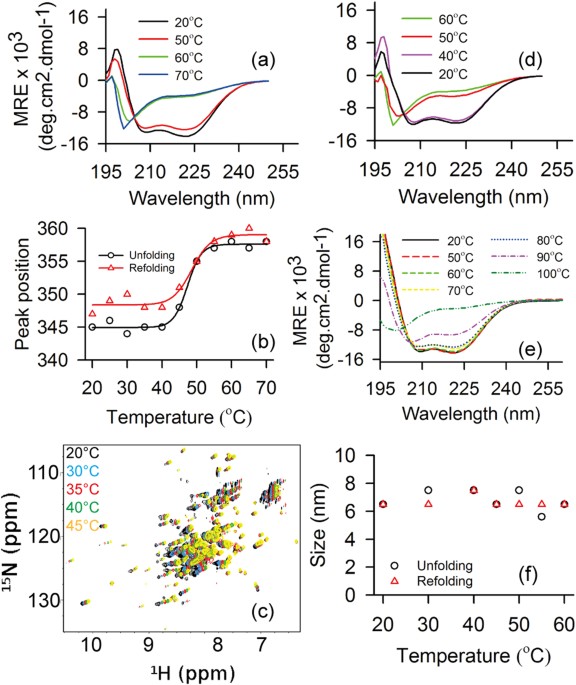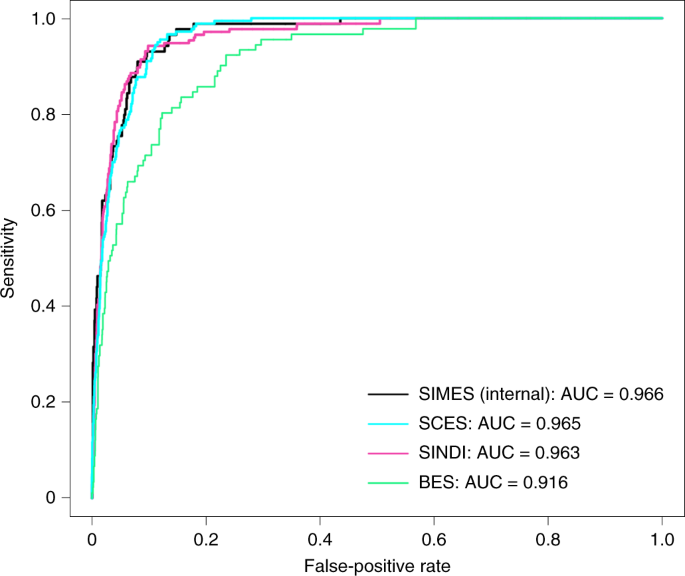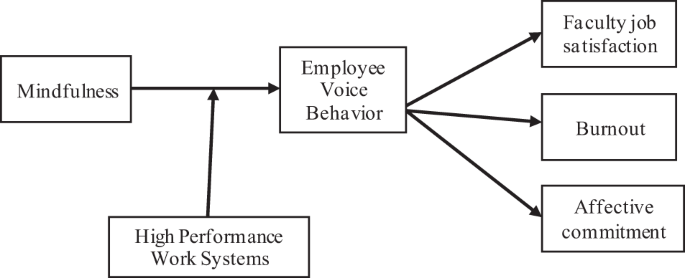
- Select a language for the TTS:
- UK English Female
- UK English Male
- US English Female
- US English Male
- Australian Female
- Australian Male
- Language selected: (auto detect) - EN
Play all audios:
One can totally understand the frustration around where the AstraZeneca vaccine fits in our vaccine rollout in Australia. At a time when we’re grappling with so much uncertainty, we need
unambiguous information from the federal government about who should have this vaccine. Instead, it feels very much like we’re swirling in a murky sea of information that is confusing and,
at times, seems to be contradictory. ------------------------- _ READ MORE: MORRISON GOVERNMENT ORDERS PFIZER 'BOOSTERS', WHILE HOPING NEW ATAGI ADVICE WILL WARM PEOPLE TO
ASTRAZENECA _ ------------------------- The confusion is compounded by the changing advice from ATAGI. ATAGI, the Australian Technical Advisory Group on Immunisation, is the group of vaccine
experts which advises the government. There is no doubt that for many people, some of its language has been difficult to make sense of, including the use of vague terms like “preferred”. As
in, the Pfizer vaccine is the “preferred vaccine” for those under 60 years of age. How exactly this should be interpreted by someone trying to make the important decision about whether to
get the vaccine is unclear, and raises more questions than it answers. The public commentary from a number of political leaders, including the prime minister, that ATAGI has been too
conservative and too risk averse hasn’t helped either, with the implication ATAGI cannot be fully trusted to provide sensible advice. The reality is, ATAGI is in an extremely difficult
position and is grappling with competing concerns, considerable uncertainty, and a constantly changing landscape. WHAT IS ATAGI’S ROLE? ATAGI can only give general advice to the government
for the whole population. Its task is to think about the whole population as if it were merged into a single person, or in the case of AstraZeneca, a series of people of different age
ranges. It then has to formulate advice based on population-based averages of the benefits and risks of getting the AstraZeneca vaccine, which has a number of limitations. It’s important to
understand context plays a key role in formulating this advice to the government. The risk of the blood clotting and bleeding condition, called thrombosis with thrombocytopenia, from the
AstraZeneca vaccine is slightly higher for younger people. This is only part of what’s driven the advice for Pfizer to be the preferred vaccine for those under 60. In fact, the risk of dying
from this condition is incredibly rare whatever your age. ------------------------- _ READ MORE: CONCERNED ABOUT THE LATEST ASTRAZENECA NEWS? THESE 3 GRAPHICS HELP YOU MAKE SENSE OF THE
RISK _ ------------------------- What has been the bigger driver of the advice is the fact you’re less likely to develop severe disease from COVID if you’re younger, which means the
corresponding benefits of vaccination are much lower if you take a narrow view of the benefits of the vaccine being solely the prevention of severe disease. HOW DID ATAGI DRAW ITS
CONCLUSIONS ON ASTRAZENECA? ATAGI initially said Pfizer was the preferred vaccine for under-50s in April, and then changed this to under-60s in June. There are several assumptions in ATAGI’s
advice which need to be understood. Firstly, it calculated the risks and benefits of AstraZeneca across three scenarios — low, medium and high exposure risk. ATAGI has presented its advice
assuming a low amount COVID circulating in the community, which has been the case until Sydney’s latest outbreak. A low amount of COVID in the community means there’s a low chance of severe
COVID, which is even smaller for younger people. This means there’s less of a benefit of being vaccinated for younger people, which is what has driven the advice for the Pfizer vaccine to be
preferred for younger people. However, the problem with this low prevalence assumption is we’re vaccinating to protect us not just right now, but also against the _future risk_ of COVID,
and future lockdowns, like the situation we’re seeing in Sydney now. Once you’re in this situation, even if ATAGI changes its recommendations in response to more COVID circulating, which it
did on Saturday, in some sense the horse has already bolted. Another assumption implicit in ATAGI’s advice that it prefers under-60s get Pfizer, is that Pfizer is available and you have the
option to get it now. However, given the limited supply of Pfizer vaccine, the decision to hold off on the AstraZeneca vaccine is not one to get Pfizer, it is one to hold off on getting
vaccinated at all. This leaves you exposed and vulnerable to COVID. This is an important distinction to make, which of course will change as we get more Pfizer vaccine. Another major
limitation in the ATAGI advice is the panel, in dealing with population-level data, takes a very narrow view of the benefits of vaccination: the prevention of severe disease. It doesn’t take
into account other benefits that may be relevant to many people. It doesn’t take into account the prevention of long COVID; the benefits of being vaccinated allowing travel and other
freedoms; and, most glaringly, the importance many people place on getting vaccinated to protect their loved ones and the community. These may weigh heavily on individuals but aren’t taken
into account when you look at the risk-benefit calculation from a narrow perspective. SO WHAT’S THE BOTTOM LINE ON ASTRAZENECA? We must remember the AstraZeneca vaccine is a fantastic
vaccine. It’s safe and effective, and two doses offer almost complete protection against severe disease and death from COVID, including the Delta variant. It does carry a small risk of the
blood clotting and bleeding condition, but this risk is incredibly small. COVID is much more of a threat to your health than the vaccine, as we are seeing in NSW right now. If you’re under
60 years of age, the decision to have the AstraZeneca vaccine is one only you can make. But if you do make it, you should understand the benefits go beyond just preventing severe disease.
:max_bytes(150000):strip_icc():focal(599x0:601x2)/Victorious-Smith-missing-tout-041524-6d0dca6c169940c98a752fdd93a6b17d.jpg)





